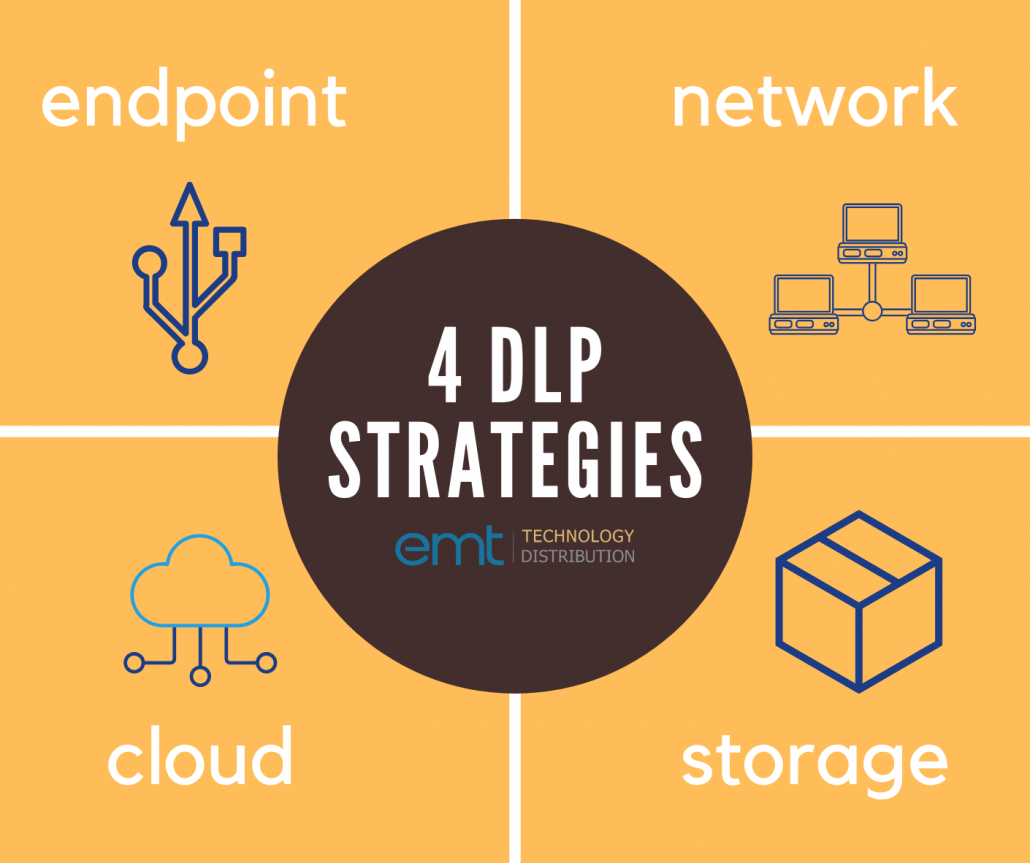What is PCI DSS and How Can DLP Help You Achieve Compliance?
Australian organisations are concerned more than ever when it comes to PCI DSS Compliance. Any organisation that utilises a payment system has to comply with these standards. One of the key ways to ensure you are in compliance with the PCI DSS is through utilising data loss prevention solutions
What is PCI DSS Compliance?
The Payment Card Industry Data Security Standard (PCI DSS) is a set of security requirements that helps organisations protect their payment systems from breaches, fraud, and theft of cardholder data. Developed by the PCI Security Standards Council, PCI DSS applies to any business that processes, stores or transmits cardholder data for the world’s biggest card schemes: American Express, Discover, JCB, MasterCard, and Visa.
PCI-DSS is a global industry standard and is mandated that Australian organisations who accept credit and debit card payments are required to comply with their standards. Organisations who fail to meet these standards can often have negative impacts on their relationships with banks, credit card payment gateways, etc.
Data Loss Prevention and PCI DSS
Data Loss Prevention (DLP) solutions are some of the most useful tools for PCI DSS compliance on the market. Because their policies are applied directly to sensitive data rather than to devices or the whole network, they ensure that cardholder information is identified, logged, and controlled in order to meet PCI DSS requirements.
Many Data Loss Solutions do this through predefined policies for standards such as PCI DSS which means companies don’t have to waste time building policies from scratch: DLP developers have already identified which sensitive data needs to be protected and have built-in the definitions for it. Endpoint Protector from CoSoSys is a DLP solution that has predefined PCI DSS policies pre-determined and can be used right out of the box, saving organisations time and resources.
By knowing where data is located and how it is being used, companies can begin to build efficient data protection strategies, addressing identified issues rather than taking a broad approach to compliance. A vulnerability-targeting strategy does not only protect data more effectively but also helps companies save money by ensuring that the solutions they choose are necessary.
DLP solutions can help organisations comply with many of PCI DSS compliance requirements by:
Protecting Stored Cardholder Data
Restricting Access to cardholder by business need
Tracking and Monitoring access to network resources
Periodic Security and Systems Testing
Summary
PCI DSS Compliance is essential for any organisation working with financial institutions, banks and payment gateways. Data Loss Prevention tools can help Australian organisation meet these compliance requirements and ensure they are enhancing their cybersecurity posture.
Read the full blog | Learn more about Endpoint Protector | Request a Demo


